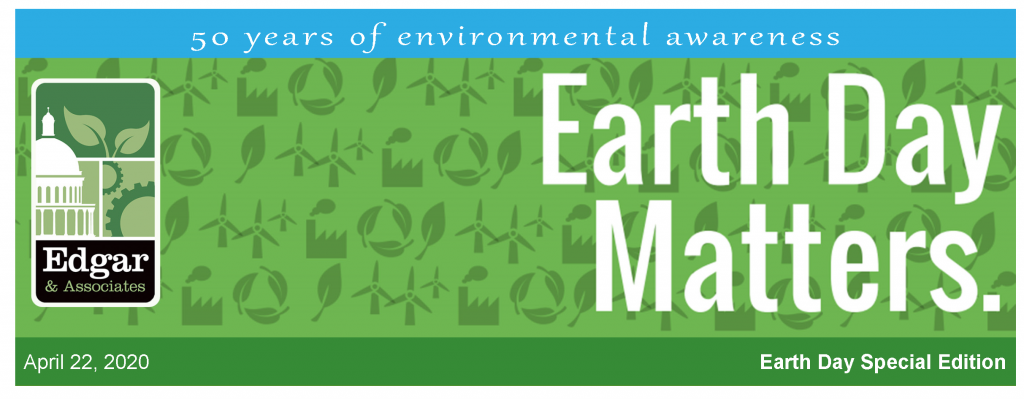The Pause That Refreshes

The Days the Earth Stood Still. This pandemic is forcing a global lockdown with most everybody sheltering in place while leaving essential public services in play. The freeways are not rushing and the skies appear clear. Coyotes are roaming the urbanscape as birds serenade the streets. Even the seismologists are observing a lot less ambient seismic noise. With Earth Day here, the idea that nature could flourish during this crisis has helped give some a sense of meaning and purpose. The possibility that nature just hit the reset button is going viral on social media, giving many in isolation some sense of hope, peering outside their windows. When in actuality, human nature itself is finally hitting the panic button and it is us waking up to a new reality.
The mega-droughts morphed into ravaging forest fires with California and Australia calling it the new normal. The power outages led to PG&E bankruptcy, and the Governor calling it the new normal. Heatwaves and extreme weather are the accepted new normal. Hunger and homelessness are the new normal. With dominoes dropping along with the stock market and oil prices, this pandemic slowdown has ushered in a new reality far from abnormal while offering mankind an object lesson on how to handle the next pending crisis.
The overarching global climate change crisis has triggered many new normals, where this pandemic is just a run-up for the 7.8 billion people in this petri dish called Spaceship Earth. The latest Intergovernmental Panel on Climate Change Report stressed that just over a decade is all that remains to stop irreversible damage, and that we must act now. The Earth has already hosted five mass extinctions and does not need to be saved by mankind, but man needs to adapt to our host as the sixth mass extinction is now underway: “Men come and go, but the earth abides.”
California is leading the way on achieving greenhouse gas reductions, renewable energy and low carbon fuel goals in 2020, while pivoting towards a new set of regulations for a net-zero 2045. While this pandemic has caused a roll-back of federal laws, and harkened others to call for a regulatory freeze; now, during this regulatory pause, is the time to reframe the narrative. How do we bring back the economy and regenerate the environment? How do we open up America and adapt to a new reality?
New cost-effective regulations can deliver deep carbon negative reductions in the near-term while creating sustainability jobs that build resiliency into our system, allowing mankind to adapt to the environment around us. Between the SB 1383 regulations, effective in over 20 months from now, and the Advanced Clean Truck Rule gearing up at CARB, the argument can be restructured so that these regulations are foundational in bringing back the economy and ecology. The 50th Anniversary of Earth Day could have flooded the streets with one billion people in more than 180 nations around world to pledge actions coalescing the ecology and the economy. A major service was being planned by Pope Francis where he believes humanity still has the ability to work together in regenerating our common home.
As we stumble down the flattening curve, be ready for Madison Avenue to gaslight us ‘to a return to normalcy’ and try to bring us back binging on all that we are told we had missed. We have taken a time out and reflected on what is important while working at home and planting our victory gardens. After being exposed so easily, it is imperative we take lessons learned and be poised for the new reality beyond any normalcy. Let’s breathe in this Earth Day with a pause that refreshes.

